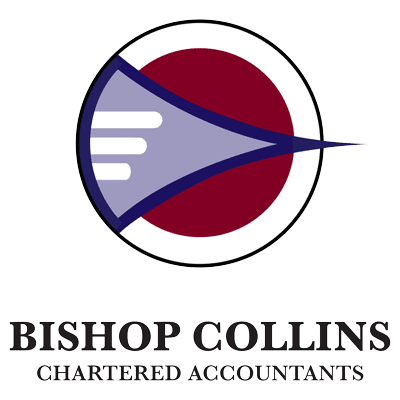Why strive for financial freedom seems like a simple question but slightly more challenging when it comes to providing a meaningful answer.
There is no right or wrong answer because everyone is unique, and how you define and value financial freedom is what you do with it. At the end of the day, it’s not all about the dollars and the cents.
For many, it’s about the simple things in life they want to be able to do with financial freedom.
Financial freedom is more about what defines you, and what you want from life.
For some, the ability to have enough money saved up to go on a family holiday is how they see financial freedom. For others, it is about having it to pursue their entrepreneurial dreams, and become their own boss. Or to be able to enjoy a comfortable retirement, spend quality time with the family, and enjoy every moment with their grandchildren.
Financial freedom means different things to different people.
It’s about being able to do what you want in life.
Defining Your Road to Financial Freedom
Attaining financial freedom is no easy task, and there’s no shortcut to it. But the start to achieving anything in life is understanding the What and the Why.
If you can define WHAT financial freedom means to you, and WHY it is important to you, then you have already reached a major milestone.
Having a purpose or a goal to achieve is 100% better than having no purpose or not knowing where you’re going in life.
Purpose gives you focus, direction and the hunger to get you what you want. It’s a very powerful driving force.
3 Tips to Planning your Financial Freedom Roadmap:
Get yourself a trusted professional financial adviser
Work with an adviser with whom you’re comfortable with to share your life ambitions with, someone who can coach and motivate you. Think of it, like getting a personal trainer to help you get into shape, it is easier to work with a professional financial adviser who can set up a personal financial fitness plan, and get you financially fit and healthy.
Set personal and meaningful financial goals
Your road should be lined with goals. If you don’t know why you’re doing this i.e. WHY you’re working so hard and making sacrifices, then it is too easy to fail even before you begin. Even if things get tough, having goals keeps you focused and determined. It keeps you on the road towards financial freedom.
Remember, for goals to be effective, they need to be personal – it should mean something to you.
Don’t make excuses
If you’re ‘high-fiving’ for getting past Tips 1 and 2, then don’t stop. Don’t get distracted, and stick to your personal fitness plan.
Collaborate with your ‘financial coach’ / financial adviser, and make it work. It can get tough if you’re trying to do it solo so get your coach to make you accountable for your actions.
All the fitness workouts and daily exercises will be worth it when you have the power to make decisions that’ll define the life you CAN lead and enjoy.
With a bit of hard work, some sweat and tears, you can empower yourself to find financial freedom to do what you want in life. This is priceless, and something so significant, you want it bad!

